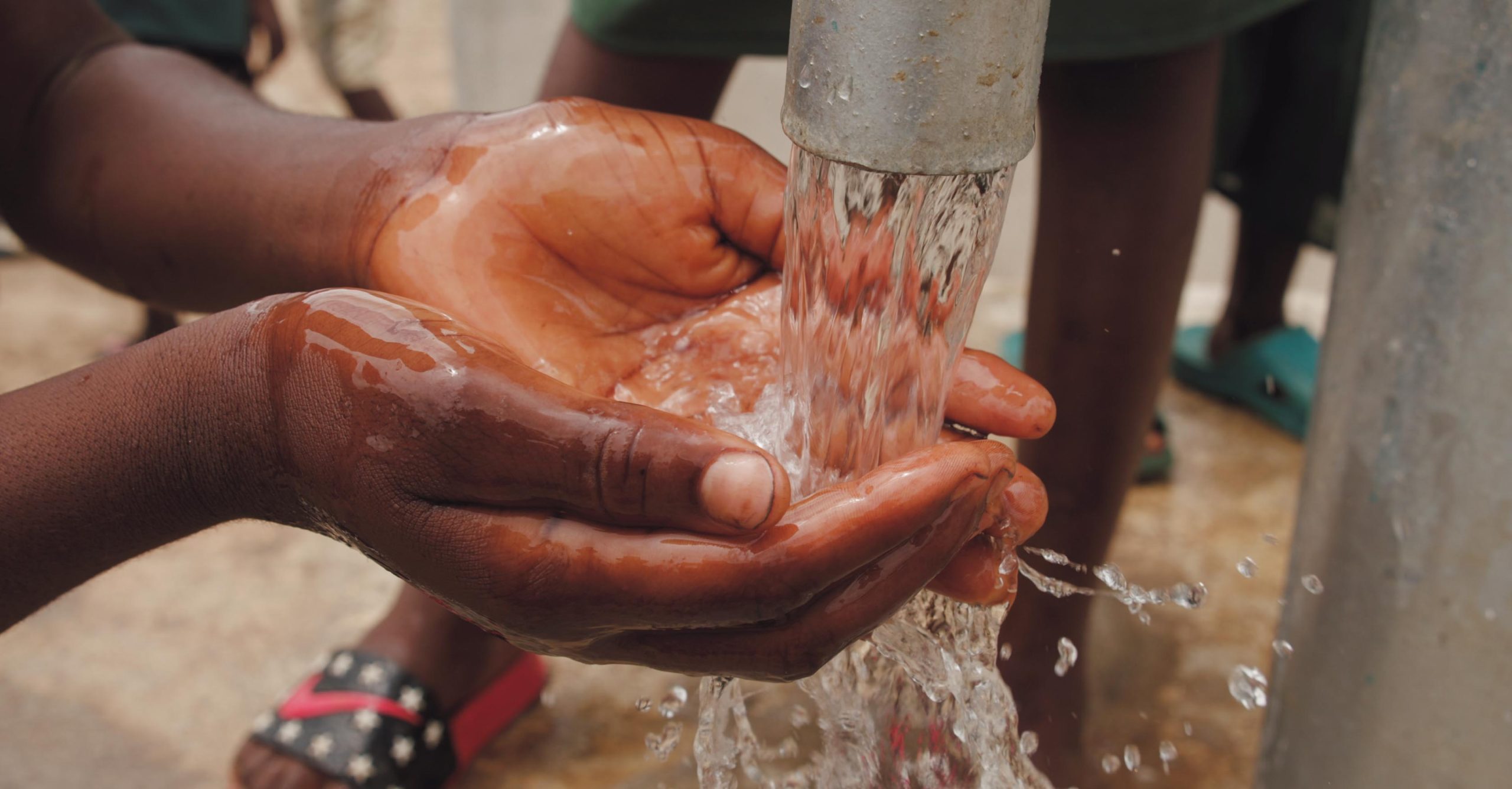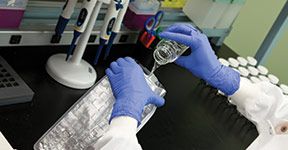
MICROBIAL MONITORING AND TESTING: Why It Matters
Did you know that an estimated 2 billion people around the world lack access to safe, readily available drinking water? (UN Stats) For many industrial operations, water is a valuable resource that is absolutely necessary. Industrial facilities rely on a steady supply of clean and safe water for their operations. This is why microbial monitoring and testing are essential.
One of the effective ways to ensure the safety and potability of this water is through microbial monitoring and testing.

What is Water Microbiological Testing?
Water microbiological (or microbial) testing is the process of analyzing water samples to detect the presence and quantity of contaminants (microbes) that might impact the quality, safety, and potability of the water.
Most industrial facilities in the pharmaceutical, healthcare, municipal, food, and beverage sectors conduct water quality tests for the following water types:
- Drinking water
- On-Premise water
- Wastewater
Water monitoring is critical for industries to check for possible microbial contamination. It offers vital information on the state and performance of water sources and systems and contributes to keeping water clean and safe for consumption and other applications. This information enables industries to make business decisions concerning water management, treatment, and conservation.
Why is it Important for Industries to Regularly Monitor and Test Water?
Water is essential to life; it is present in everything we do, from the food we eat to the air we breathe to the products we use. In many industries, clean water is a key differentiator. The presence of bacteria in the production or discharged water can put the consumer, the environment, and the business at risk.
There are three main reasons why water monitoring and testing is such a big deal for industries.
1. It ensures water safety for consumer health
Imagine you test the water and find out it is contaminated by bacteria like coliforms or E. coli. That’s a big red flag that the water’s been contaminated by fecal matter and it’s not safe to drink. People could get really sick from food poisoning, which might result in legal implications for the company. Testing for microbes provides evidence of ongoing or emerging water quality issues that requires immediate attention to safeguard the health of consumers.
2. It protects against the environmental impacts of industrial operations
Regulations set limits on the concentration of contaminants that can be in the wastewater that industries can discharge. Water monitoring plays a vital role for industries to protect the environment by enabling them to detect contamination early. By continuously improving the industrial operations and wastewater treatment processes, industries significantly reduce their environmental footprint.
3. It maintains the efficiency and performance of water systems
Water systems require regular monitoring and maintenance to ensure they are running efficiently and effectively. Water monitoring and testing can help detect changes in water quality and system performance. Thus, industrial facilities can take preventative measures to keep systems running without incurring costly repairs.
Cleanearth Scientific provides scientific and engineering solutions for monitoring, testing, and treating all types of water for both the industrial and municipal sectors.
The Idexx water microbiology testing solutions offer a full line of water-testing supplies for coliforms, Escherichia coli, enterococci, legionella pneumophila, and Pseudomonas aeruginosa.
Clean water is essential for a sustainable future for all.




